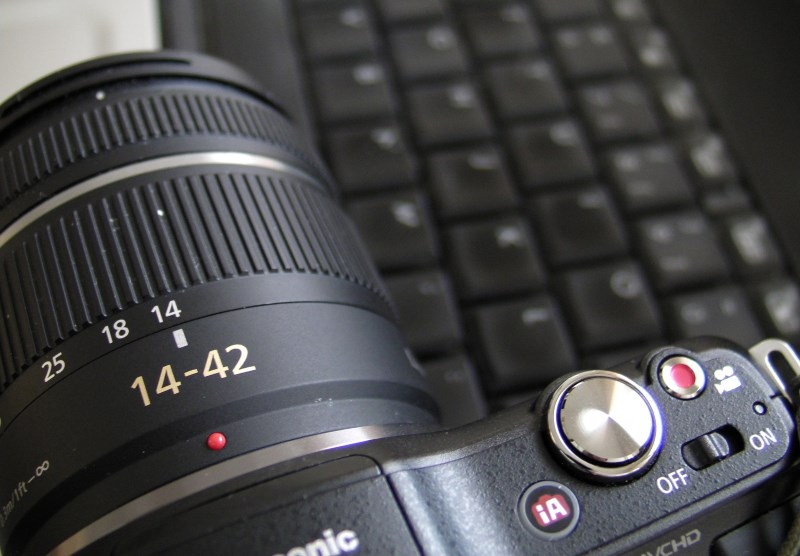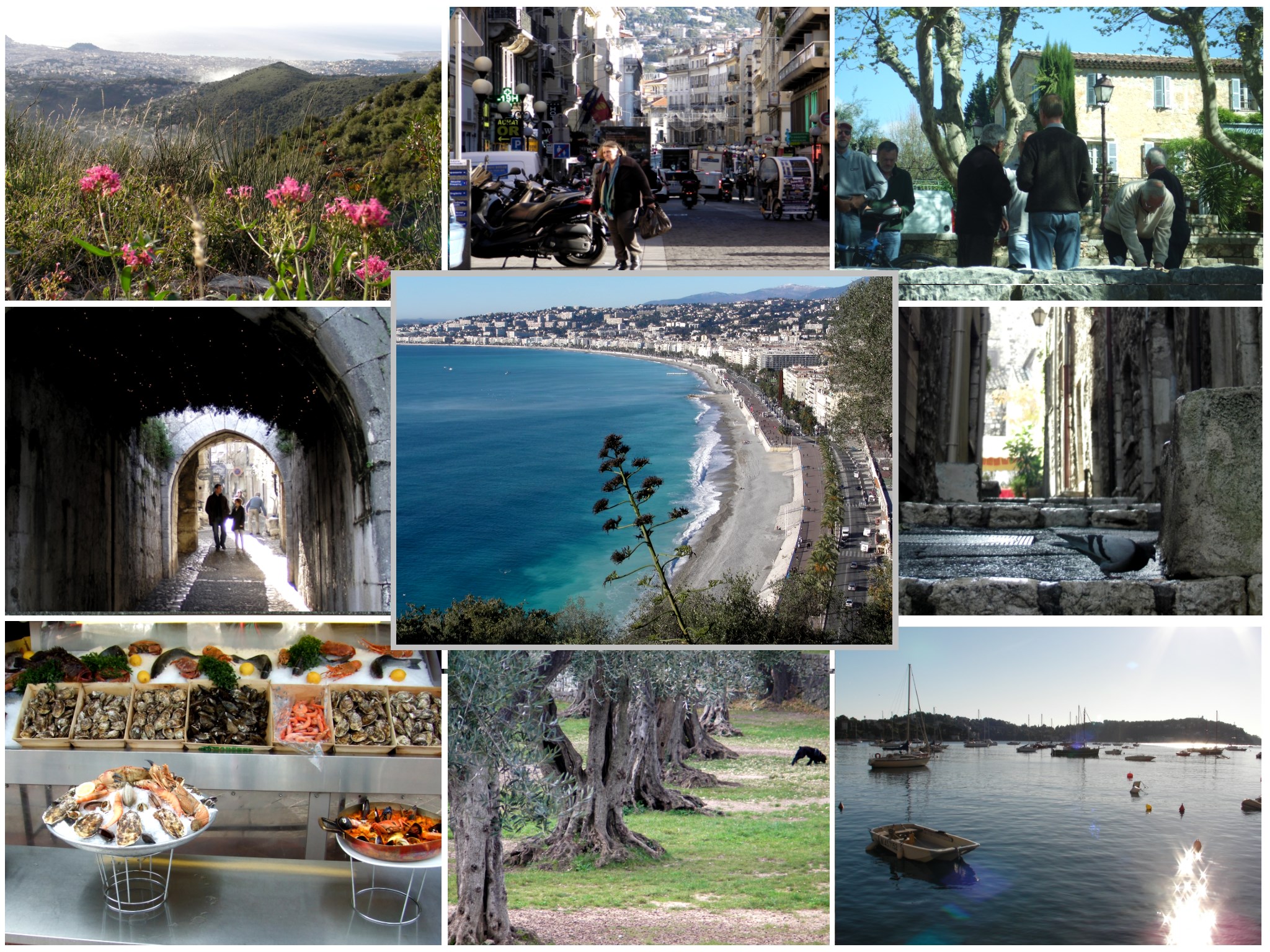Before You Travel
1. Consider Your Camera Strategy
Do you invest your money and learning effort in one camera kit, or do you have two, three or even four cameras around that you use in different situations. Both strategies have their advantages. If you want to become a photographer who may sell photos and perhaps exhibit them, only the best gear will do. If you shoot for your own blog, for an upcoming travel book, or for an article you have sold, having multiple cameras (less expensive) can be more flexible approach. My own experience is that it is vital to have a camera always with you, even when you pop in to a shop near the hotel. A compact camera or a smartphone fits into a pocket, but ofcourse, when you plan a shooting trip to the mountains you can pack the whole camera kit with a tripod into a backpack.

2. Learn the Manual Controls on Your Camera
Learn to adjust shutter speed, aperture and ISO settings on your camera. A good camera lets you capture fine shots in auto mode as well, but sooner or later you will need to know about manual settings. The first time you try to frame something in low light will be a reminder for you to learn the manual settings.
3. View Your Practice Session Photos on a PC and Tablet
Take time and examine the photos you have taken during a practice session. The LCD display on the camera doesn’t tell you the truth, but you have to view the photos on a PC monitor or on a tablet. Is there too much light in the frame, or is it too dark? What about composition? Focus? Didn’t get that blurry background? Tip: when you practice, take several photos of the same subject, but with different settings. This is the fastest way to learn.

Photos from the travel guidebook The Gems of Nice and the French Riviera
On the Road
4. Take Time to Compose
You know the golden section rule, right? The frame is divided into nine sections of equal size, and the corners of the central section guide the position of the main subject. Mistakes in composition are difficult or impossible to correct in post processing, so take your time. Try with the zoom and without the zoom. The most annoying problem: the top of the tower of an ancient castle didn’t fit into the frame and now you are already back home. Take your time at the destination.
5. Try New Angles
Stop, think, and be creative. Move around to get a fresh angle to the subject. High or low angle? Can you find something in front of the subject that doesn’t block the view, but gives it depth?
6. After the Sunset
After the sunset pictures have been taken, it is time to shoot night sceneries. Now, you will need your best camera that comes with manual controls – an automatic compact camera or a smartphone won’t do. Set a slow shutter speed and start shooting with the camera on a tripod or on another stand.
7. People Love to Watch Photos of Other People
Photographing people is perhaps the most difficult skill to master in photography, but travel photographers can trust their instincts and the power of moment. If you keep your eyes open, and camera at hand, anything is possible. For a instance, people shopping at a market, working at a café, or walking a dog. If you intend to take a portrait of a person, you should ask permission. In some cultures, it is not advisable to photograph people at all before you know them and can be sure it is alright.
8. Get Up Early
Morning and evening light provides more contrast for images than photos taken in midday. You may also catch colors that are not visible in the midday sun. Depending on where you are traveling, but if it is autumn or winter, you may witness morning dew or evening fog that can look spectacular in photos.
After the Trip
9. Sort the Day’s Catch
If you take a lot of photos, you should browse the day’s catch every day so that you don’t have hundreds of photos waiting to be sorted when you get home. Examining the photos is also a safety measure: if you are supposed to photograph Paris, but missed Eiffel tower’s top floors, you have to return there the next day. Tip: I throw away hopeless images and name the photos that I save while browsing them.
10. Backup Your Photos
Every day, copy all new photos from memory cards to your PC or any other device where you store your pictures. Then, make a backup copy of the copied photos. For this, you need a backup hard disk, like an external USB drive, or a cloud service, like Dropbox or Hubic.
An inspiration and a source for few tips was Andrew Hoyle’s article on Cnet.

Photo from travel guidebook I, Helsinki.

Viaj desde Buenos Aires (Argentina) a San Petersburgo para ver el Lago de los Cisnes con Uliana Lopatkina el 25 de octubrte del a o 2009 -Maravilloso-TUS FOTOS MAGN FICAS !!!gracias
It is a good idea to share comments on a site about people’s travel experience and holiday ideas.